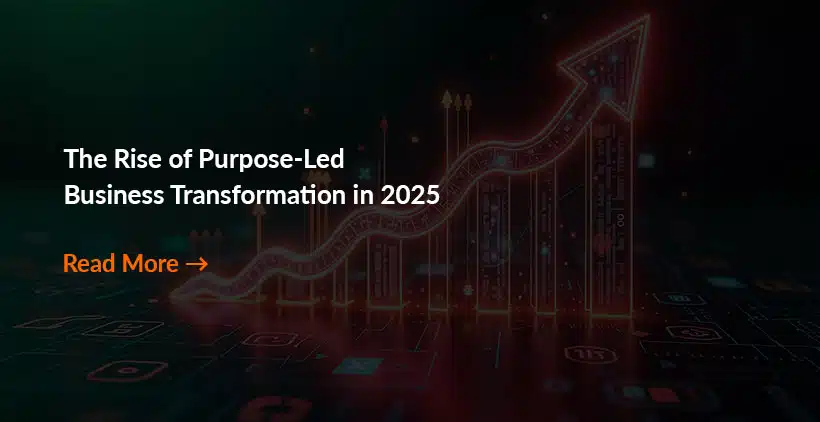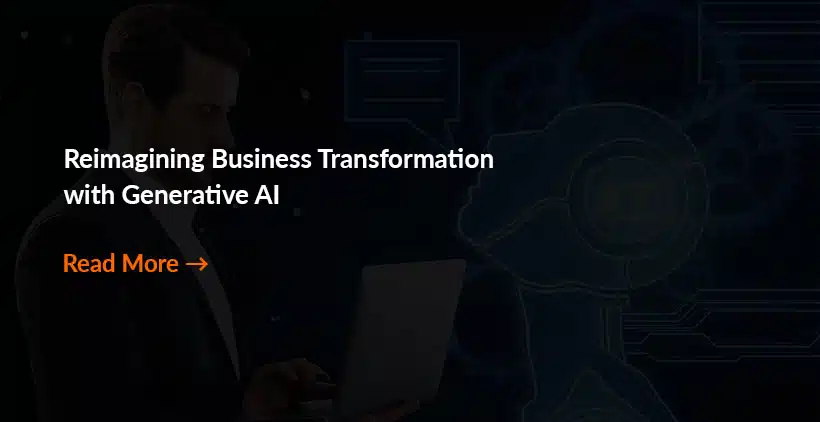Almost everyone is converged on digital transformation. And while the shape and extent may vary by industry, the advantages of executing intelligent workflows, mastering data, utilizing platform approaches, and a seamless experience are becoming more apparent. That particularly applies to both employers and consumers.
If technology has changed how businesses communicate with customers, can it transform their ties with the workforce? After all, employees share the same fundamental marketing-funnel journey: We acknowledge opportunities, assess potential organizations, commit to working for an organization, and the organization either gains our trust and faith, or we explore a more suitable option.
Engaging Employees like Consumers
Contemplate allowing employees the flexibility to build online communities naturally based on shared interests. Employers can pick from consumer marketing approaches for leadership on how to manage and strengthen communities. This notion of self-directed communities can be crucial. In this type of circumstance, employees feel that they can be their authentic selves at work, driving more significant commitment and performance.
Leverage technology to separate time zones as boundaries to relationships among employees and customers. Real stories from social media often concentrate on how friends can sustain and grow relationships across the globe. Technology can create a more potent affection and loyalty to co-workers and empower them to have the social synergies they want. These long-lasting bonds can also improve individual employees’ informal development and skills who may be better prepared to share experiences across teams.
Employee engagement leads to more loyal customer synergies. When everyone is adjusted towards the same purpose, it becomes much more comfortable for teams to work across functions.
Digital Influence
When you know of an issue, use digital channels to interact with your customers proactively. When a resolution communication needs to occur, holding it until the customer reaches out will only disappoint them. However, merely conveying a pro-active message through a digital source with the problem and steps to fix it would most likely keep customers loyal.
B2B organizations often underrate the importance of digital transformation for customer engagement. They employ the same criteria they have used as private customers in their B2B operations. It starts with how easily one can search for products on search engines and a compelling user interface on your website.
In a quickly transforming business world, digital engagement is frequently becoming one of the constituents that businesses can use to fight in the marketplace.
To turn digital engagement into a competitive edge, you require to think creatively and build a sustainable customer engagement plan across your organization. It calls for creativity, motivation, and coordination in the organization and units to discover the best solutions for customers’ growing demands.
Digital engagement does not just need the reallocation of expenditures and budgets. It also requires a shift in business methods and obligations, primarily at the start.




